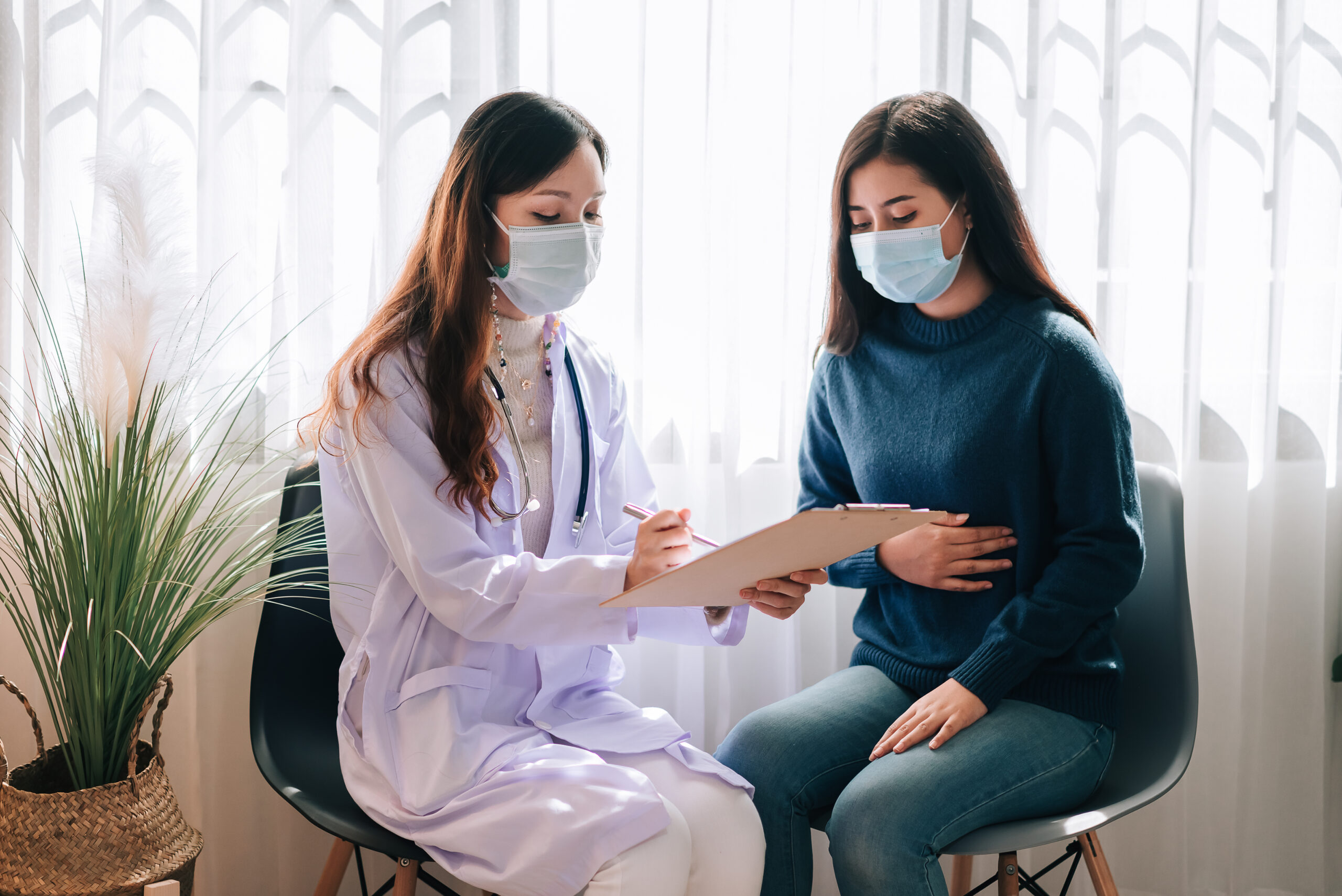Life After Fibroid Treatment: Recovery & Wellness Tips
Recovery After Fibroid Treatment: What to Expect

Recovering from fibroid treatment is an important step toward regaining your comfort, energy, and quality of life. Whether you’ve undergone a minimally invasive procedure like Uterine Fibroid Embolization (UFE) or surgery such as myomectomy or hysterectomy, the days and weeks following treatment are crucial for healing and rebuilding strength.
At Southwest Atlanta Vascular Care, we’ve seen firsthand that the right lifestyle choices during recovery can make a big difference. From diet and exercise to emotional wellness and long-term hormone balance, your journey after fibroid treatment is about more than physical healing — it’s about setting the foundation for lasting health.
1. Understanding the Post-Treatment Recovery Process
Recovery time varies depending on the procedure:
- UFE – Most women return to light activities within a week, with full recovery in about 1–2 weeks.
- Myomectomy or hysterectomy – Recovery may take 4–6 weeks or longer, depending on the surgical approach.
In the first days to weeks, your body will focus on reducing inflammation and restoring normal function. It’s common to experience mild pelvic discomfort, light bleeding, or fatigue during this time. Listen to your body and give yourself permission to rest.
2. Nutrition for Healing and Hormone Balance
A nutrient-rich diet supports tissue repair, balances hormones, and restores energy after fibroid treatment.
Key dietary tips:
- Iron-rich foods: Spinach, lentils, red meat, fortified cereals (to rebuild iron stores after heavy bleeding). Pair with vitamin C foods (oranges, bell peppers) to improve absorption.
- Cruciferous vegetables: Broccoli, kale, Brussels sprouts — support estrogen balance.
- Anti-inflammatory foods: Salmon, walnuts, flaxseeds, leafy greens.
- Hydration: 8–10 glasses of water daily to aid circulation and detoxification.
Limit processed foods, sugary snacks, alcohol, and high-sodium meals, which can slow recovery or worsen bloating.
3. Exercise: Gentle Movement to Build Strength
Movement is essential after fibroid treatment but pacing matters.
- Early recovery: Walking and light stretching to improve circulation and reduce stiffness.
- Mid-to-late recovery: Low-impact exercise such as yoga, swimming, or cycling.
- Long-term: Add strength training once cleared by your provider.
Avoid heavy lifting or high-intensity workouts until your doctor confirms it’s safe. Overexertion too soon can delay healing.
4. Restoring Hormone Balance
Fibroid growth is often influenced by estrogen levels. Supporting hormone balance may reduce recurrence risk.
Practical steps:
- Maintain a healthy weight — excess fat tissue produces estrogen.
- Limit exposure to endocrine disruptors (e.g., BPA in plastics, parabens in cosmetics).
- Support liver health with leafy greens, garlic, and beets, which aid estrogen metabolism.
- Talk with your provider about hormone testing if you experience mood swings, fatigue, or irregular cycles after treatment.
8. When to Seek Medical Advice
5. Supporting Emotional Wellbeing
Recovery isn’t only physical — it’s emotional too. Many women feel relief after treatment, but some experience anxiety or uncertainty.
Ways to care for your mental health:
- Join a support group for women with fibroids.
- Try mindfulness, prayer, or meditation to reduce stress.
- Share openly with loved ones about your recovery journey.
- Seek professional support if you experience ongoing sadness, worry, or fatigue.
6. Addressing Anemia and Low Energy
If your fibroids caused significant bleeding, anemia may linger even after treatment. This can leave you feeling weak, tired, or lightheaded.
- Follow your provider’s iron supplementation plan if prescribed.
- Eat iron-rich foods daily.
- Rest well and avoid overexertion while rebuilding your energy.
7. The Role of Physiotherapy in Pelvic Recovery
Pelvic floor physiotherapy can speed up recovery and improve quality of life. Gentle, guided exercises can:
- Strengthen pelvic muscles
- Improve bladder control
- Reduce pelvic discomfort
- Support core stability
8. When to Seek Medical Advice
Mild discomfort is normal, but contact your healthcare provider if you experience:
- Heavy bleeding (soaking a pad an hour)
- Severe or worsening pelvic pain
- Fever or foul-smelling discharge (possible infection)
- Difficulty urinating or changes in bowel function
9. Building a Healthy Lifestyle After Recovery
Long-term wellness after fibroid treatment comes down to sustainable habits:
- Eat a balanced, whole-food diet
- Maintain regular physical activity
- Keep annual gynecological check-ups
- Track your menstrual cycles for changes
By taking small, consistent steps, you’ll support recovery today and reduce the risk of fibroid recurrence tomorrow.
Key Takeaways
- Recovery after fibroid treatment varies depending on the procedure, but lifestyle adjustments can support healing.
- UFE offers a shorter recovery and minimally invasive approach compared to surgery.
- Nutrition, exercise, hormone balance, and emotional wellbeing are all key to long-term health.
- Ongoing follow-up with your healthcare team ensures lasting results.
FAQs
UFE typically allows return to light activity within a week, while surgery may take 4–6 weeks or longer.
Yes. Fibroids can regrow, particularly if hormone levels remain unbalanced. Lifestyle habits can help reduce this risk.
Limit processed foods, high-sugar snacks, alcohol, and high-fat dairy — they may promote inflammation or hormone imbalance.
Yes — but start slowly. Begin with walking and stretching, and only move into higher-intensity workouts once your provider clears you.
